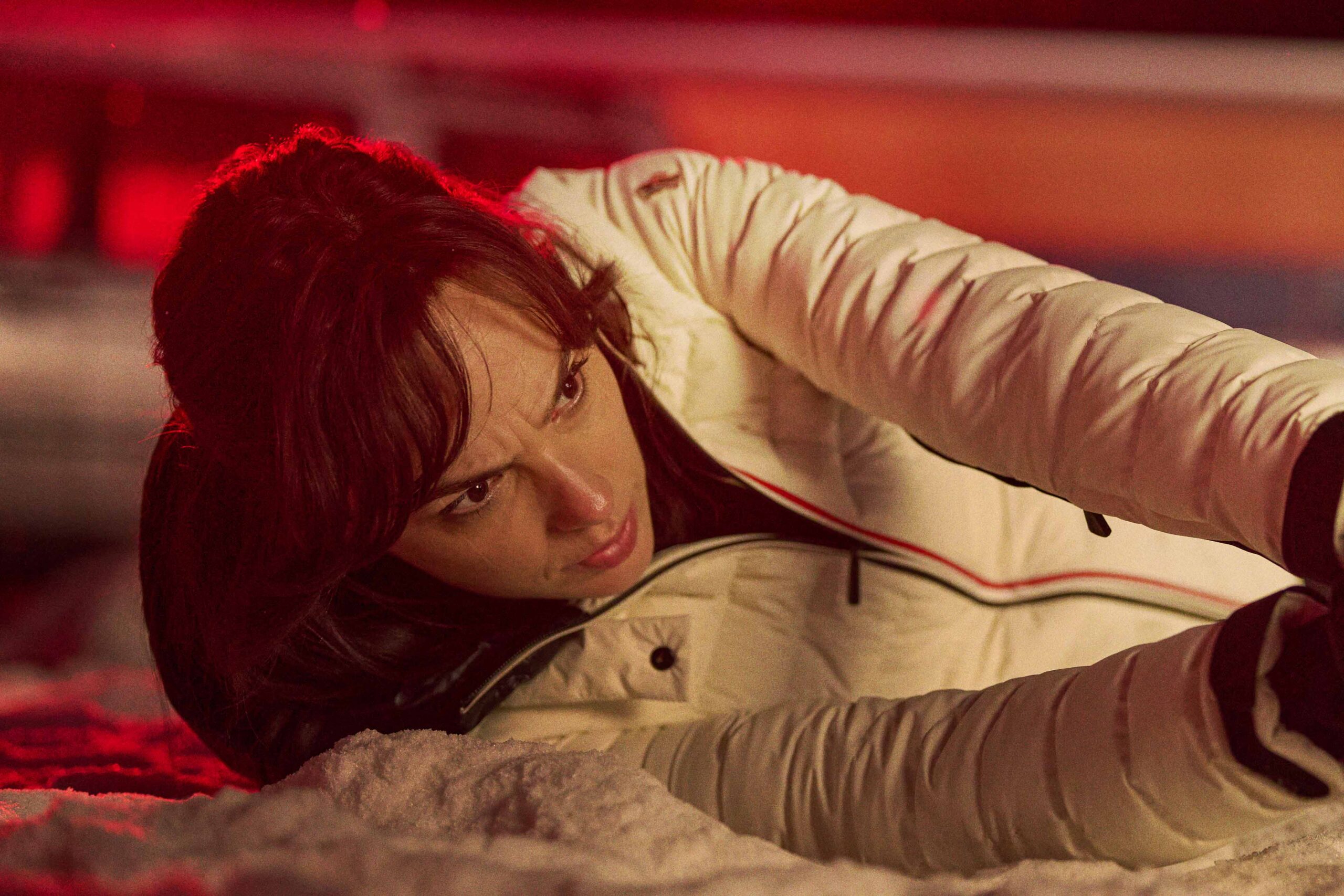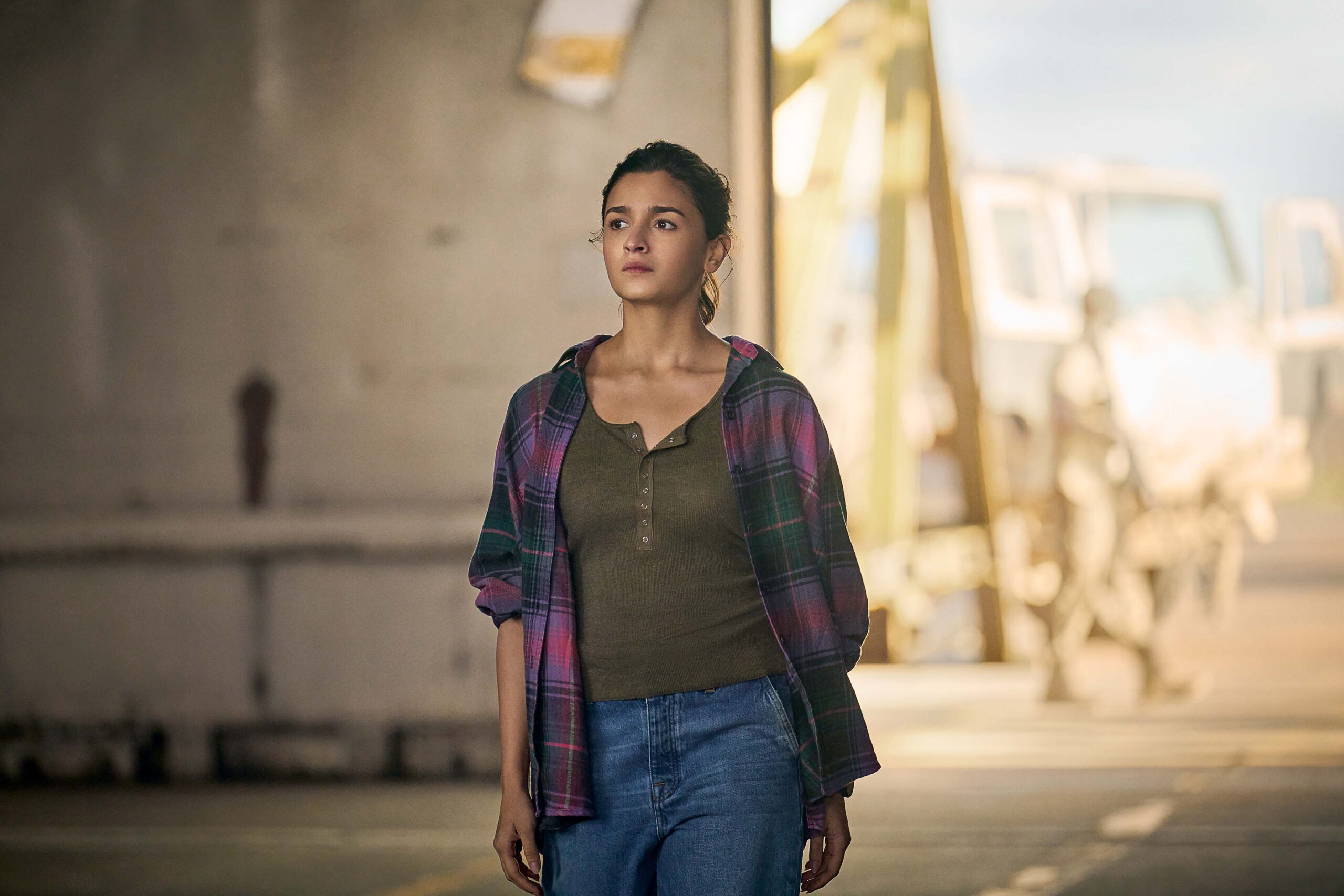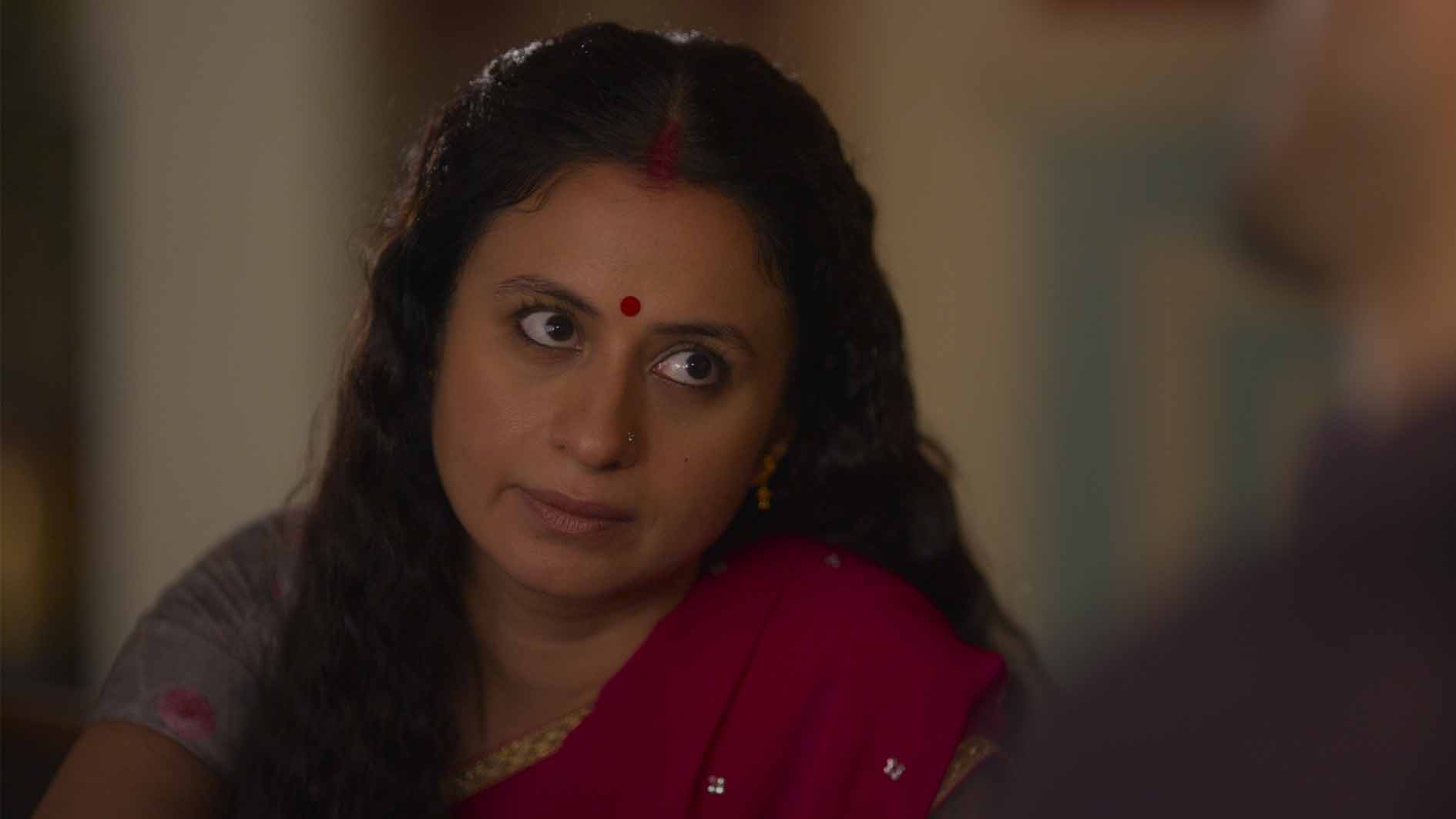Netflix’s second attempt at an action franchise with Gal Gadot is marginally better than the first.
Akhil Arora, a member of the Film Critics Guild and a Rotten Tomatoes-certified film critic

In late 2020, Gal Gadot—best known for playing the immortal DC demigoddess Wonder Woman—signed on to lead Heart of Stone, which was being developed to kick off an action film franchise in the vein of the Tom Cruise-led Mission: Impossible. Watching it over two-and-a-half years later on Netflix, it’s impossible not to think of Dead Reckoning, the newest M:I chapter, given both movies involve an AI that can hack into any interface globally, collate a trillion data points, and predict events with a precise probability. (There’s another element that the two films share, but even alluding to that could constitute a spoiler.) But while the one in Mission: Impossible—the Entity—went rogue and essentially ran itself, the one in Heart of Stone—the Heart—signals no desire for rebellion. Or even a voice.
Ethan Hunt and Rachel Stone are poles apart in the use of AI
The coincidence is both funny and remarkable. And it begins right with the naming, which indicates a difference in the worldview of the filmmakers. Penned by comic book writer Greg Ruska and screenwriter Allison Schroeder (Hidden Figures), Heart of Stone believes that technology can be a force for good, in the right hands, such as Rachel Stone (Gadot). In Mission: Impossible, writer-director Christopher McQuarrie embraces the paranoia of the surveillance age. Ethan Hunt (Cruise) doesn’t trust any country in the world, not even his own, to wield such a power responsibly. Rather than hand it over to the Americans, he decides that it’s better to destroy the Entity. (We don’t actually know how things will shape up in the end though, given Dead Reckoning Part Two is at least a year away.)
For Hunt, merely having a tool like this out there is an issue. (It also represents an existential threat of sorts for Hunt, a future beyond human agents.) The spies of Heart of Stone and Mission: Impossible are presented with the same problem—but their conclusions are poles apart. The ending of the new Netflix film reveals no lessons have been learnt. (I’m trying my best to not spoil anything here, so that’s all you will get.) For me, that says a lot about the two films. One of them believes mass surveillance is the price we pay for a safer world. The other notes that a sentient AI would think as humans do, only of its own survival. And I think we all know which one is closer to reality. After all, the “AI models” we have today reflect how we behave.
Heart of Stone’s action doesn’t crackle with the energy of Mission: Impossible
But even if you set all that aside, Heart of Stone can’t hold a candle to Mission: Impossible. Or any other viable Hollywood action franchise. It copies elements from Bond—the agency at the film’s core has analogues to what would be M and Q (played by Sophie Okonedo and Matthias Schweighöfer). It has the team-building aspects of Mission: Impossible. But while M:I can switch effortlessly between the funny, the sincere, and the dread, Heart of Stone just doesn’t have that. The dialogue is awfully pedestrian. Neither does it have the ingenuity of, say, a John Wick. There’s precious little in director Tom Harper’s résumé—he last made the 2019 biopic The Aeronauts—to suggest he’s up for this. And if this is his audition to launch himself into action filmmaking, it’s far from enough.
Heart of Stone crisscrosses across Europe (and a bit of Africa)—from London to Lisbon, and from Iceland to South Tyrol—across its 114-minute runtime. But its set pieces don’t have the same intrigue as those in a Mission: Impossible chapter, and beat-by-beat, it doesn’t have the same crackling energy. Some of that is down to the ever-present augmented reality overlays. Stone is assisted to a staggering degree by the information provided by the AI, from knowing where a parachute and a snow bike are, to what route to take, to identifying enemies behind walls. It’s fine to have this at the start, so audiences are aware of what’s going on, but it makes no sense to keep showing it. All the AR overlays make Heart of Stone look like a video game. Except you’re not playing—you’re merely watching.
Heart of Stone: the premise
At the start of the new Netflix film, Stone has been embedded in an elite MI6 unit—alongside Parker (Jamie Dornan), Yang (Jing Lusi), and Bailey (Paul Ready)—as a computer whiz for a year. But no one in her team knows that she actually works for the Charter, a team of mysteriously funded non-governmental agents working to keep the world safe. They are aided by the Heart, a quantum computer conducting surveillance on a global scale to stop threats. (Heart of Stone never questions this.) Though the Charter’s aims overlap with other agencies at times, it prefers to work from the shadows. But after an operation in Lisbon goes south, Stone outs herself to her squad. She’s basically a super-agent, like Hunt and Benji (Simon Pegg)—from Mission: Impossible—all rolled into one.

But by elevating Stone to that status, Heart of Stone makes the others around her look inferior. It doesn’t help that the film plays this as a comedic thing, with her fellow MI6 agents wowed by her skill. This makes no sense—they are working for the British secret service and part of an elite unit, remember? Of course, it’s done to make Stone look like the badass hero, but what it merely does is turn everyone else into a putz. Funnily enough, those comedic chops are forgotten a few minutes later, as Heart of Stone unfolds following a dramatic twist. It’s like Javier Bardem in Skyfall meets Elizabeth Olsen in Avengers: Age of Ultron in parts—a spy betrayed by his overlords and an ethically-dubious hacker, both looking for vengeance—with Alia Bhatt filling in the latter role as Keya Dhawan, a 22-year-old who’s given baggy clothes to wear to tell the audience she’s Gen Z.
Coherent action, bridged by meaningless gaps
Though it’s never as exciting as it needs to be, the action is at least coherent. (It gets out of hand in the third act, though.) A vehicular chase in Lisbon feels like it’s actually filmed on the streets of the Portuguese capital. A night-time sky gliding sequence in the Alps—lit by a glowing parachute at times—feels fresh but is marred by the AR overlays. The most memorable of the lot is a heist at 40,000 feet that involves a blimp and skydiving. The VFX is believable, the choreography doesn’t feel fake, and you don’t get the sense they are acting it out on a stage (which they are). As for the skydiving bit, it briefly reminded me of its skydiving counterpart in Mission: Impossible – Fallout, which is an immediate compliment. Unfortunately, the scene that follows brings it down to Earth, thanks to poor lighting calling out the green screen nature of it.
Heart of Stone attempts to give its characters downtime between action scenes, but it isn’t really fruitful. One of its attempts includes talking about song choices. In one scene in a van, Parker dunks on Bailey because he’s listening to music from the ‘70s, saying that his granny would listen to such songs. Two minutes later in an apartment, Parker’s choice of music turns out to be Western classical from over a hundred years ago, which Yang then proceeds to dunk on before playing a song from the 2020s. If you’re going to crack a joke, the least you could do is keep it consistent?

Gal Gadot and Netflix have been here before
Characterisations get the short end of the stick too. No one is sketched out in any meaningful fashion. Stone gets two lines about her past, and they are said to her face by Keya more than midway through the movie. Keya and Parker’s pasts are baked into the narrative, but there’s no meat or feeling to it. And the less said about the rest, the better. That’s troublesome because Heart of Stone is meant to be the base of this franchise—how does it expect us to care and root for this team when we have so little on these people?
This isn’t even the first time Gadot has starred in an empty-calorie action flick that’s designed to be a franchise starter for Netflix. The first attempt came a little less than two years ago, alongside Ryan Reynolds and Dwayne Johnson. Red Notice was so bad that Heart of Stone feels acceptable in front of it—but they both lack the DNA and the spark, the element that makes an action franchise a name for itself like James Bond, John Wick, Fast & Furious, and Mission: Impossible, the thing that Netflix craves.
If we are going to get more Stone movies, because Netflix has decided so (or the post-release data suggests demand), I hope they take their characters more seriously. I also hope the sequels investigate the all-seeing tech that’s in the title of this film. Heart of Stone never explains who’s funding the Charter—is the super smart computer stealing funds to run this whole enterprise? All we get is a world run by super-agents, answerable to seemingly no one, keeping the world safe with the help of an omniscient AI. That sounds like a nightmare, but for Heart of Stone, it’s all peachy. A reckoning is due.
Heart of Stone released on August 11 on Netflix worldwide.
- Every Indian Netflix original movie, ranked – October 25, 2024
- The opening night of the 2024 MAMI Mumbai Film Festival was a joke – October 19, 2024
- Agatha All Along episode 5: what time is it out? – October 9, 2024




What do you think?